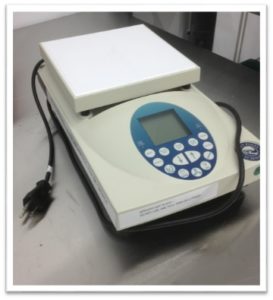 Cord-and-plug equipment refers to any electrical utilization equipment that uses a flexible cord and an attachment plug to connect to a source of hazardous energy. Persons working under the cord-and-plug exemption are not required to be LOTO Authorized Persons. However, persons that perform work on electrical equipment under the cord-and-plug exemption may need to be Qualified Electrical Workers (QEWs). See the ES&H Manual Chapter 8 or the Electrical Safety Manual for more information.
Cord-and-plug equipment refers to any electrical utilization equipment that uses a flexible cord and an attachment plug to connect to a source of hazardous energy. Persons working under the cord-and-plug exemption are not required to be LOTO Authorized Persons. However, persons that perform work on electrical equipment under the cord-and-plug exemption may need to be Qualified Electrical Workers (QEWs). See the ES&H Manual Chapter 8 or the Electrical Safety Manual for more information.- Note that hard-wired electrical utilization equipment shall not be converted to cord-and-plug connection unless it meets the requirements and intent of NFPA 70 – National Electrical Code (NEC) Sections Article 400.7 and 400.8 and NRTL and manufacturer instructions.
- Cord-and-plug equipment is exempt from LOTO controls when:
- All hazardous energy is controlled by unplugging the equipment, and
- The plug(s) remain(s) under the exclusive control of the worker performing the work. Under the exclusive control of the worker means that the authorized person has the authority to, and is continuously in a position to, prevent (exclude) other individuals from re-energizing or starting the machine or equipment while performing the servicing or maintenance activity.
- For cord-and-plug equipment that does not meet the exemption requirements, the LOTO process shall be applied.
- If there is stored energy above hazardous thresholds listed in Table 2.2.13 of the LBNL Electrical Safety Manual, such as capacitors 100 V or greater and 10 Joules or greater, a Complex LOTO Procedure must be used.
- If exclusive control cannot be established and there is a single plug and no stored energy, a Simple LOTO may be used. If, however, there are multiple cords, a Complex LOTO Procedure must be used.
Examples that meet the requirements for the cord-and-plug exemption:
| A benchtop instrument with a 120 VAC, 15 Amp cord. It has no stored energy, and unplugging the cord completely removes all hazardous energy from the device. | 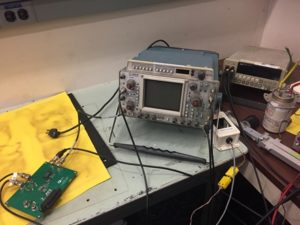 |
| A welder with a 480 VAC, 100 Amp cord. It has no stored energy, and unplugging the cord completely removes all hazardous energy from the device. | 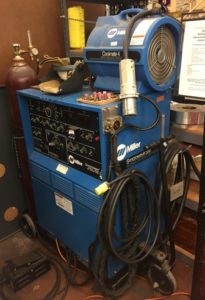 |
| A bandsaw with a 120 VAC, 15 Amp cord. It has no stored energy, and unplugging the cord completely removes all hazardous energy from the device. | 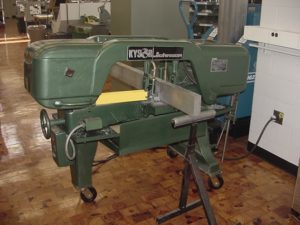 |
| A vacuum chamber where exclusive control can be established for all cables connected to it, and there is no possibility of coming into contact with any stored energy. | 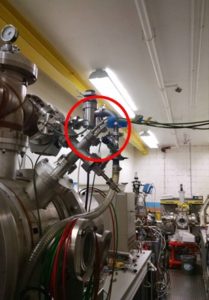 |
Examples that do not meet the requirements for the cord-and-plug exemption:
| Rack-mounted instrument with a 120 VAC, 15 Amp cord. The cord plugs into a power strip located in the back of the unit and is not accessible from the front. The worker needs to perform a task on the front of the panel and cannot see or control where the plug is located. A simple LOTO is required because exclusive control cannot be established. | 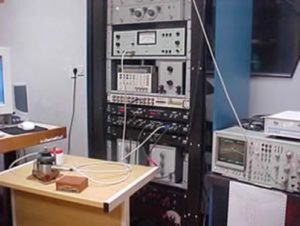 |
| A benchtop laser with 120 VAC, 15 Amp cord and an internal capacitor bank with 25 J of stored energy. A complex LOTO procedure is required because of the hazardous stored energy. |  |
| Equipment that has multiple cords where exclusive control cannot be maintained. In this case, LOTO would be considered complex and require a LOTO procedure. | 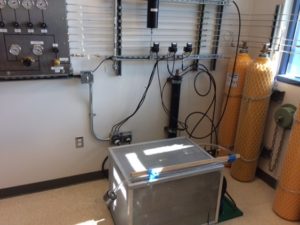 |
Watch the following video about cord and plug and the need for continuous control here.